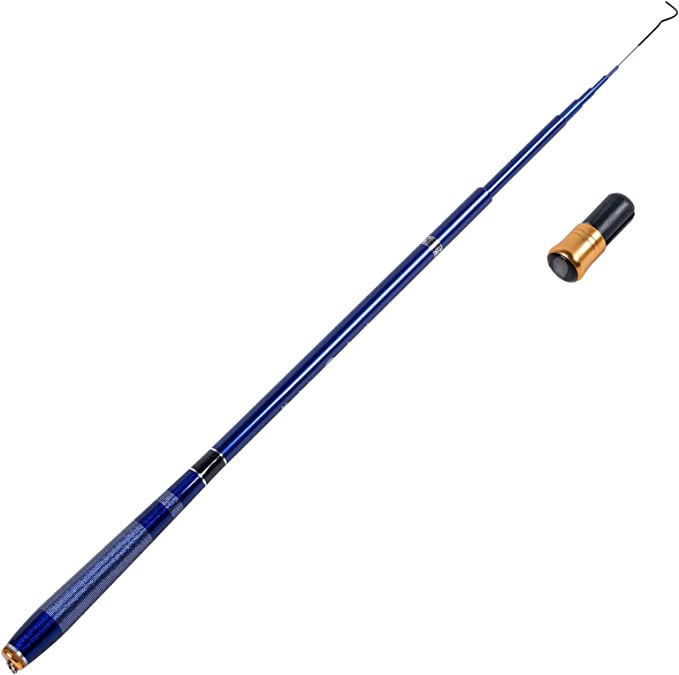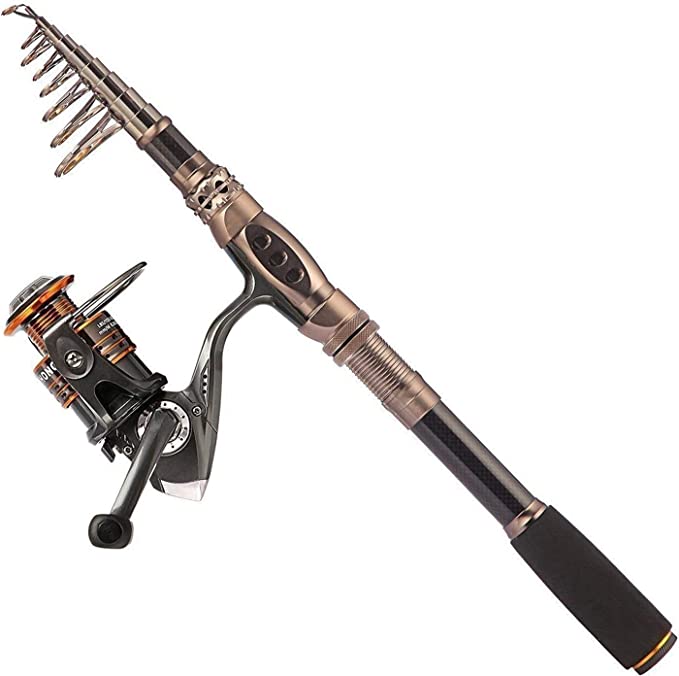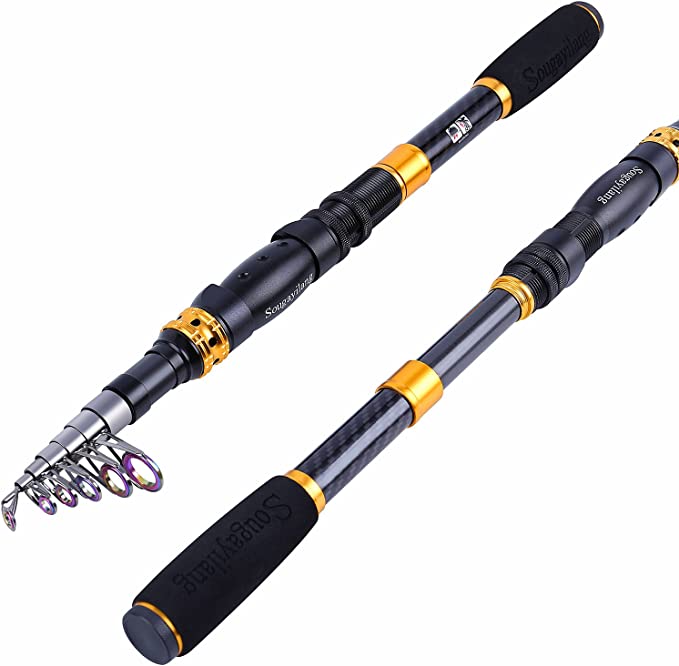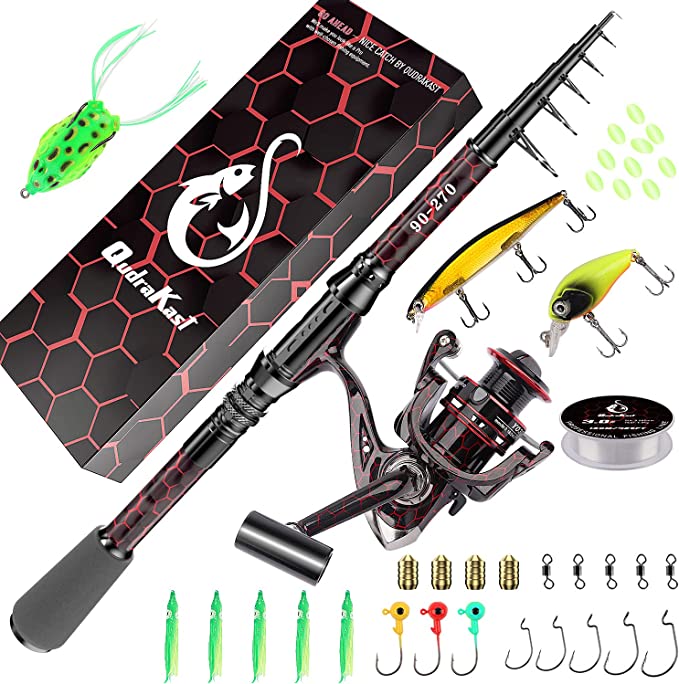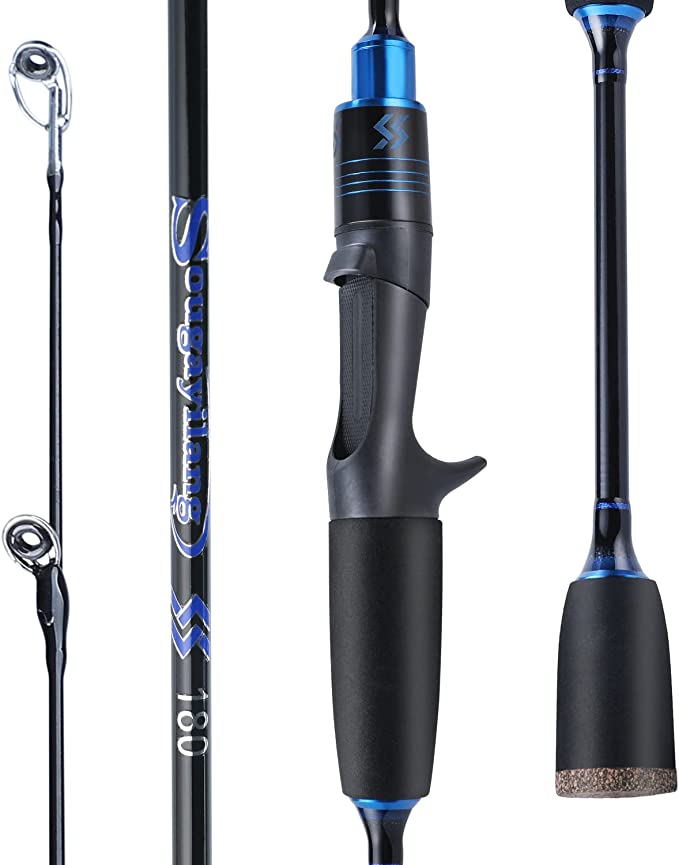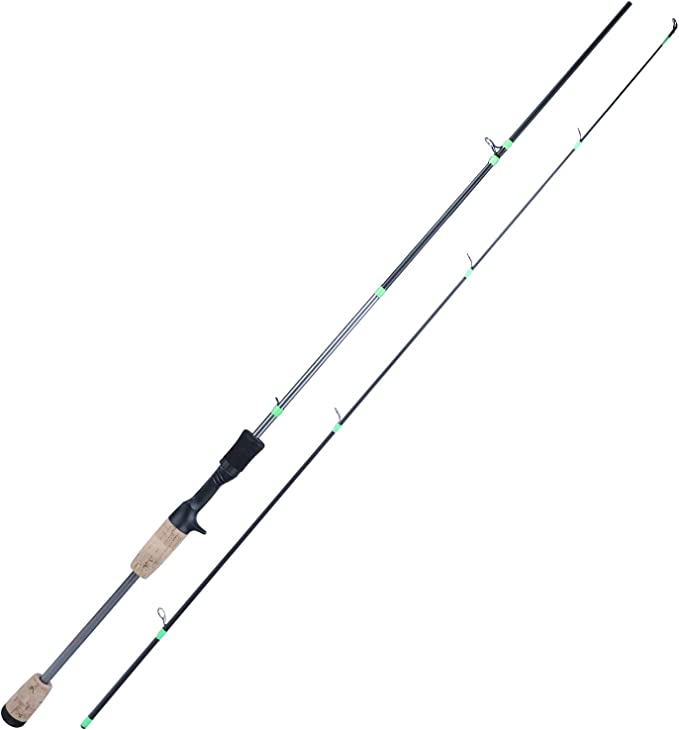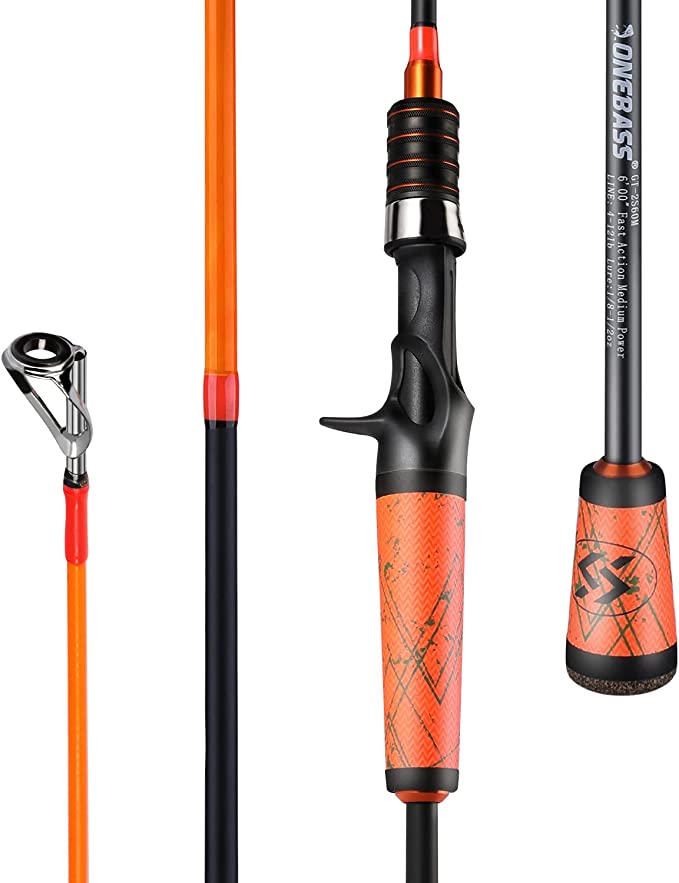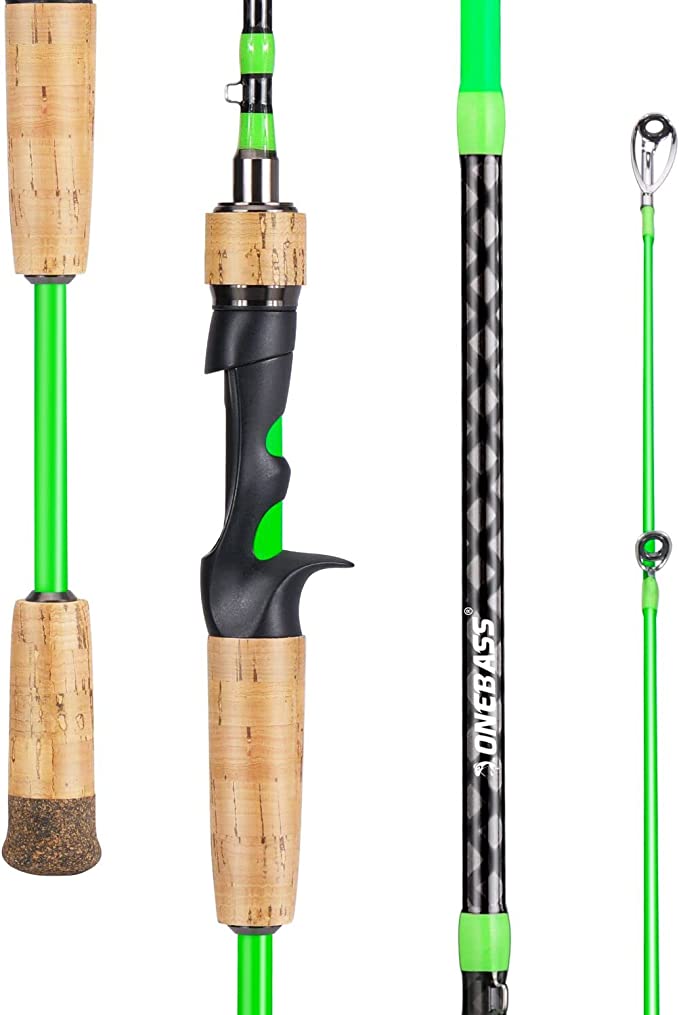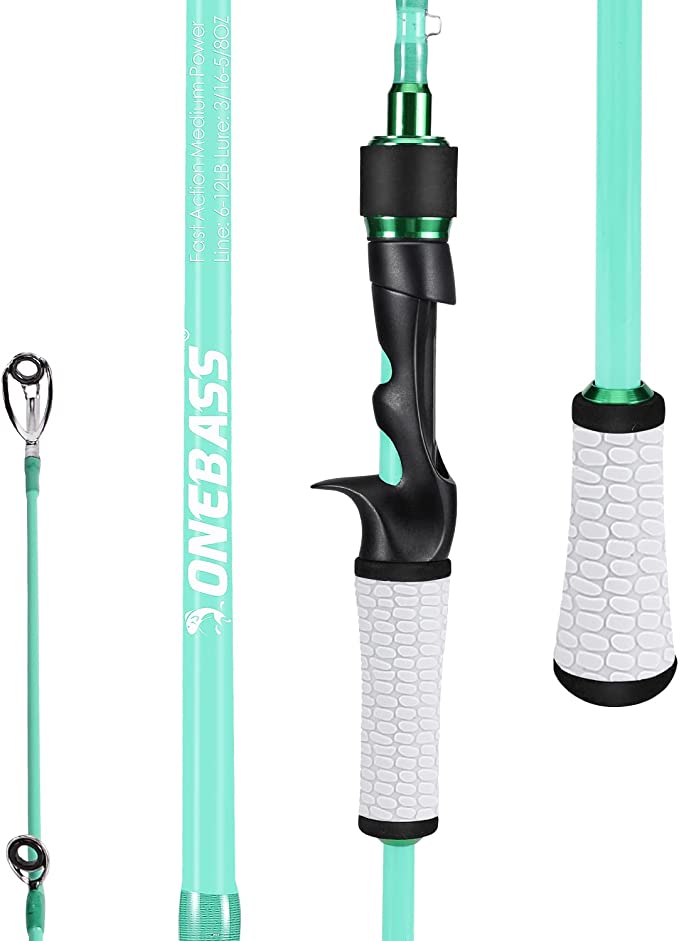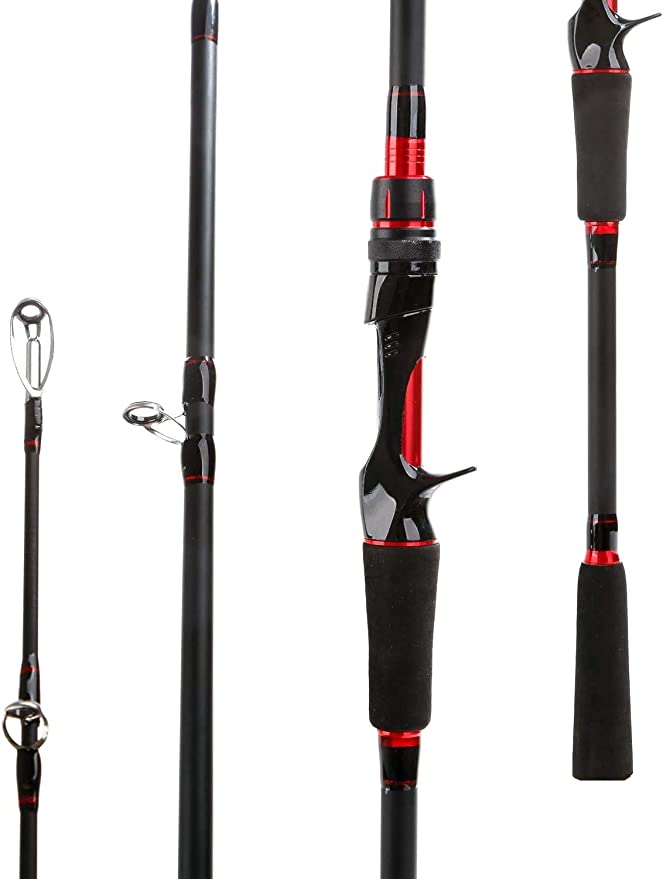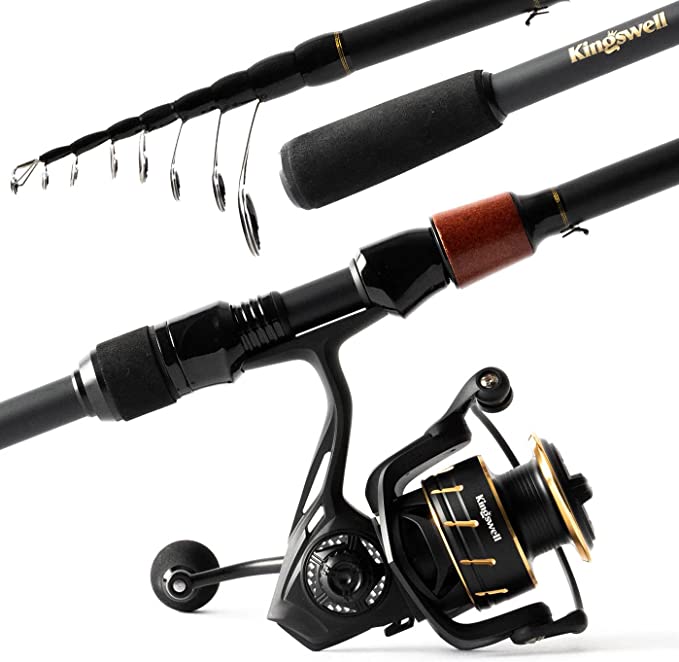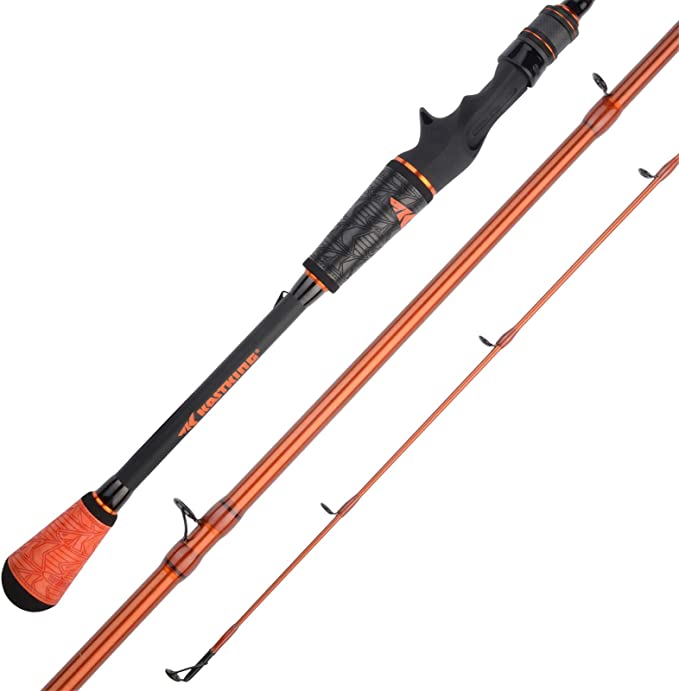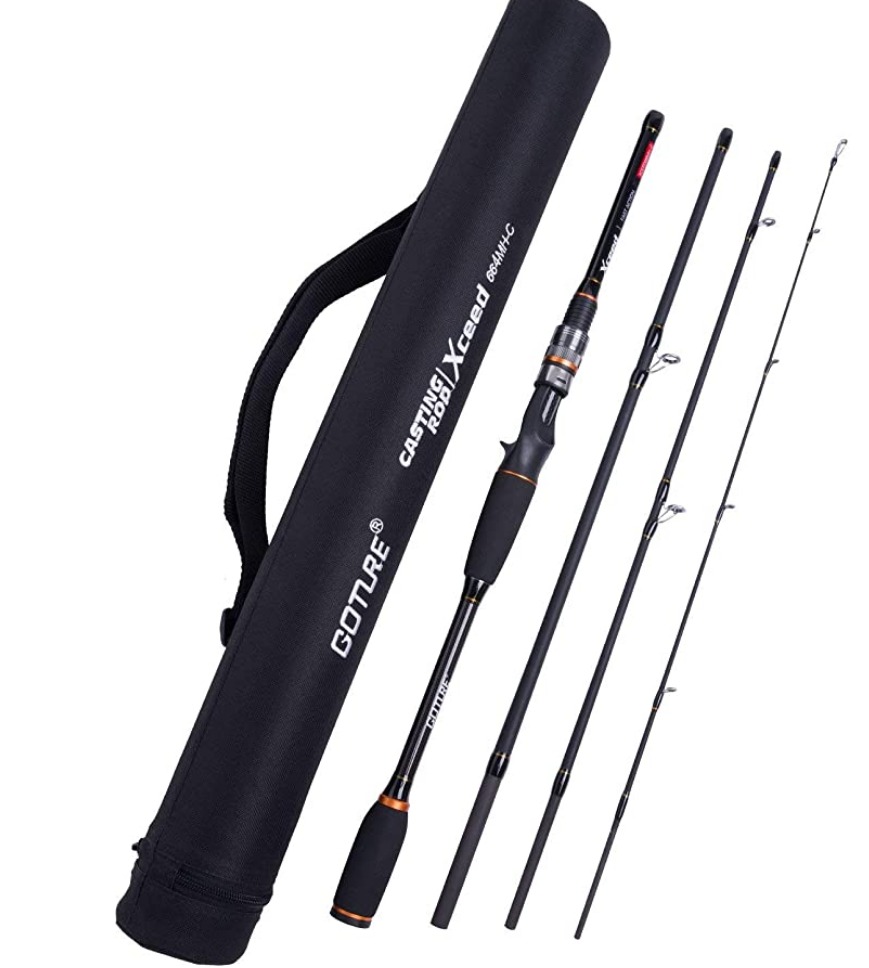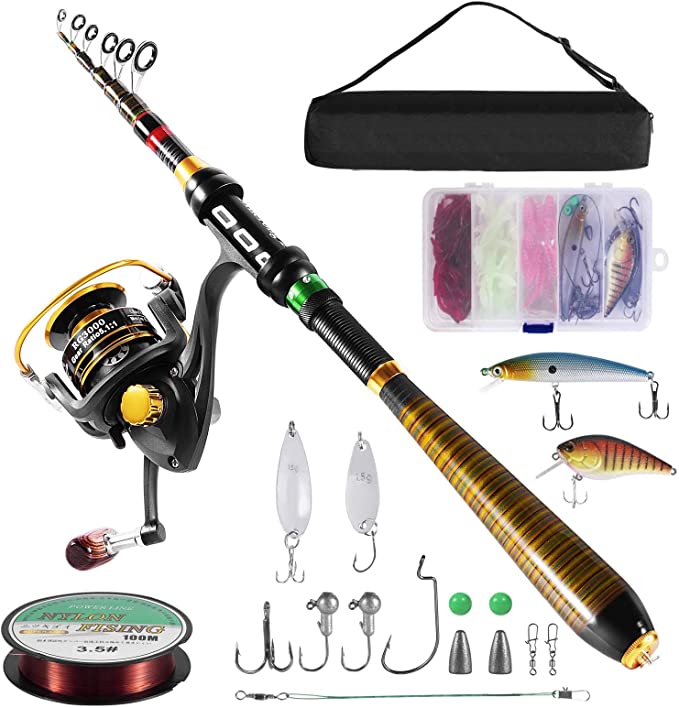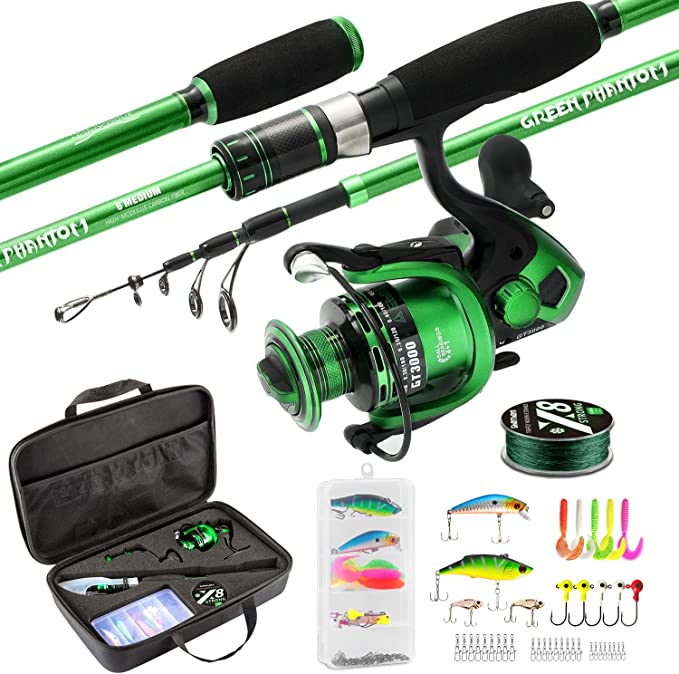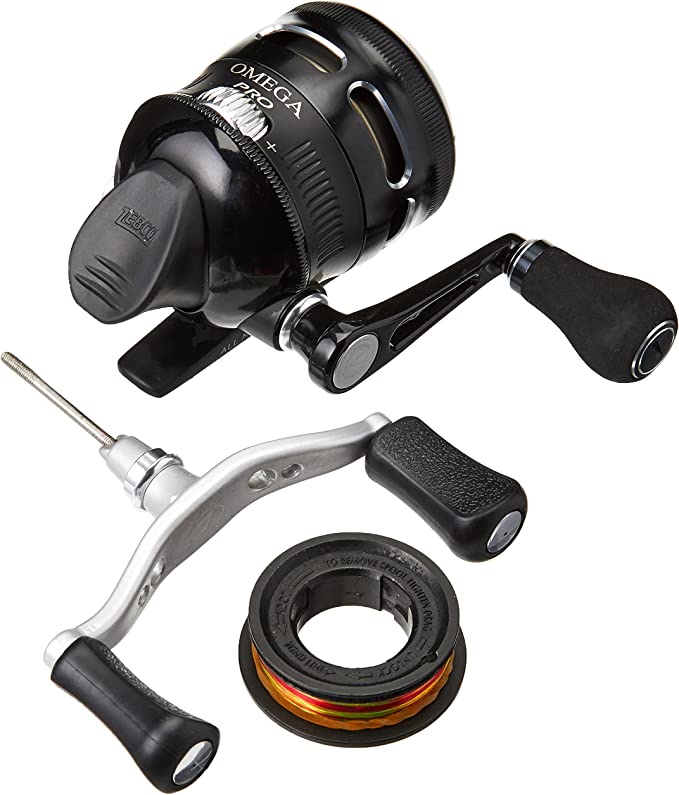The Traveler's Edge: Deconstructing the Science of the Modern Telescopic Fishing Rod
Update on Aug. 1, 2025, 2:24 p.m.
There’s a particular kind of quiet regret familiar to every angler. It’s the feeling that washes over you while standing on the shore of a newly discovered alpine lake, or watching the sunset paint a fish-filled coastal inlet you stumbled upon during a road trip. The water is perfect, the moment is pristine, but your gear is miles away, neatly stored in the garage. The opportunity is lost. For decades, this was the angler’s trade-off: carry cumbersome, full-length rods, or risk missing these spontaneous moments of magic. But modern engineering, embodied in tools like the Sougayilang Telescopic Fishing Rod, has rewritten this narrative. This isn’t a story about compromise; it’s a story about liberation, powered by material science.
To understand how a rod that collapses to the size of a water bottle can perform with genuine backbone and sensitivity, we must first look at its very soul: the composite blank.
The Backbone’s Ancestry: A Tale of Two Fibers
The history of the fishing rod is a history of materials. We evolved from bamboo and solid wood to the revolutionary fiberglass rods of the post-war era, which offered unprecedented durability. Then, in the 1970s, the aerospace industry gifted us carbon fiber, and everything changed. The Sougayilang rod’s blank is a direct descendant of this lineage, a sophisticated marriage of two distinct materials: 24-ton carbon fiber and E-Glass.
The term “24-ton” is often misunderstood. It doesn’t refer to the rod’s lifting strength but to its modulus of elasticity—a scientific measure of a material’s stiffness. A higher modulus means the material is stiffer for its weight. This is the secret to the rod’s light feel and remarkable sensitivity. Like a taut nerve, the high-modulus carbon fiber transmits the most subtle vibrations—a fish sniffing the bait, the lure ticking across a rocky bottom—directly to your hands.
However, pure, high-modulus carbon can be brittle, like a Formula 1 car’s chassis—incredibly stiff but unforgiving upon impact. This is where E-Glass, the workhorse of the fiberglass world, plays its crucial role. Woven into the composite, the glass fibers act as a shock-absorbing skeleton, imparting immense durability and toughness. This synergy creates a blank that possesses the best of both worlds: the keen sensitivity of carbon and the rugged resilience of glass, resulting in a tool that is both a precise instrument and a durable companion.
The Disappearing Act: Engineering a Seamless Taper
The greatest engineering challenge in any telescopic rod is not just making it collapse, but ensuring it behaves like a single, continuous piece when extended. This is the magic of the progressive taper. In a traditional one-piece rod, the blank gradually narrows from the thick butt section to the fine tip in a smooth, calculated curve. This taper dictates how the rod bends and distributes force when casting or fighting a fish.
Achieving this in a telescopic design, with its multiple overlapping sections (ferrules), is a feat of precision manufacturing. Each section must have a minutely calculated taper that allows it to slide snugly and lock into the next via friction, all while maintaining the overall progressive curve of the entire blank. If the tolerances are off by a fraction of a millimeter, you create “flat spots” in the bend, which kill casting performance and create weak points under load. The smooth, powerful cast of a modern telescopic rod is a silent testament to the advanced engineering that has conquered this historic challenge, transforming what was once a wobbly stick into a cohesive, force-distributing system.
Points of Precision: Where Friction is the Enemy
Performance is often found in the details, in the places where energy can be lost. The reel seat, where your reel is anchored, is a critical junction. The use of a CNC (Computer Numerical Control) machined aluminum reel seat is a deliberate choice against imprecision. CNC machining carves the component from a solid block of aluminum to exacting digital specifications, creating a housing with virtually zero tolerance. This ensures your reel is locked down tight, becoming a true extension of the rod. Every ounce of force from your retrieve and every subtle signal from the line is transferred directly, without being wasted in the minute wobbles of a poorly fitted plastic seat.
Further up the blank, the guides perform a constant battle against friction. The stainless steel frames provide the corrosion-resistant structure needed for saltwater adventures, but the real heroes are the smooth ceramic inserts. Ceramic is incredibly hard and an excellent conductor of heat. When a powerful fish makes a run, your line can fly through the guides at incredible speeds. The resulting friction generates heat that can weaken and snap monofilament or braided lines. The ceramic rings’ slick surface minimizes this friction, and their ability to rapidly dissipate what little heat is generated protects your line, ensuring that the connection to your catch remains strong when it matters most.
The Grip of Confidence in an Unforgiving World
Your final connection to this entire system is the handle, crafted from high-density EVA foam. While traditionalists may favor cork, EVA (Ethylene Vinyl Acetate) is a marvel of polymer science chosen for pure performance. Its closed-cell structure means it does not absorb water, so it won’t become slick or heavy in the rain and is impervious to the rot that can plague cork. It provides a firm, comfortable grip that dampens vibration and reduces fatigue over a long day of casting, giving you unwavering control whether your hands are wet, cold, or covered in fish slime.
Freedom, Engineered
In the end, a tool like the Sougayilang Telescopic Fishing Rod is more than the sum of its parts. It is a physical manifestation of an idea: that your adventures should not be limited by the bulk of your gear. The science of its composite blank, the precision of its engineering, and the thoughtful design of its components all converge on a single purpose—to place a capable, reliable fishing tool in your backpack, ready for any opportunity. This is the traveler’s edge. It is the freedom to say “yes” to that unexpected moment, to cast a line into that perfect water, and to know that the tool in your hand is not a compromise, but a passport to a new world of angling possibility.
